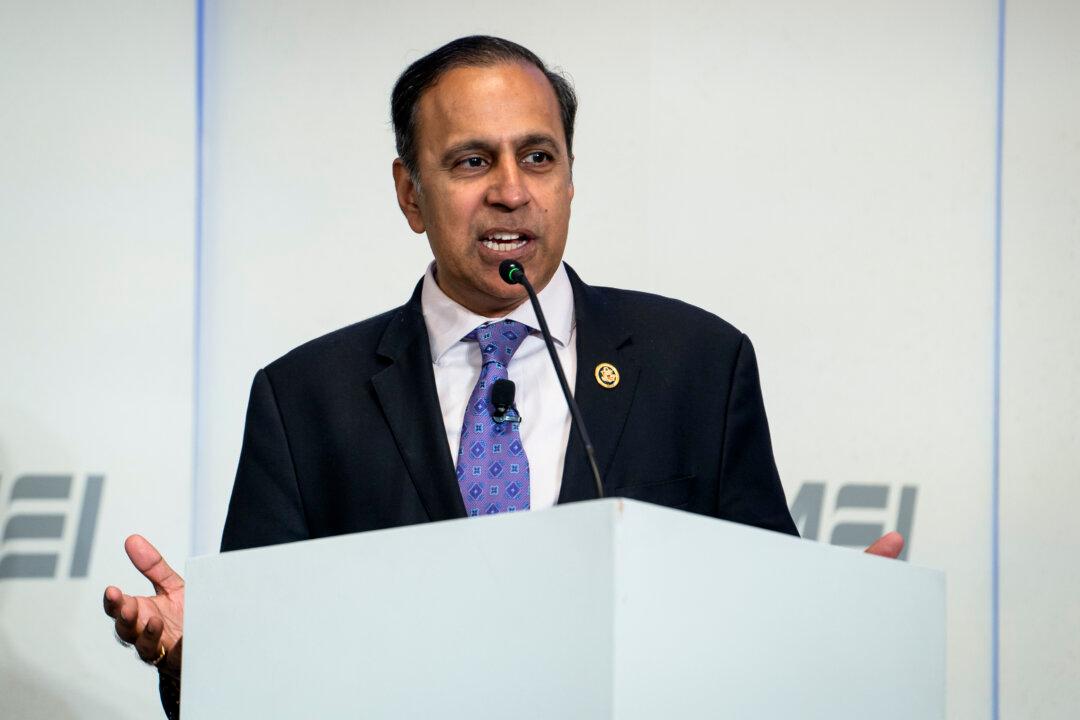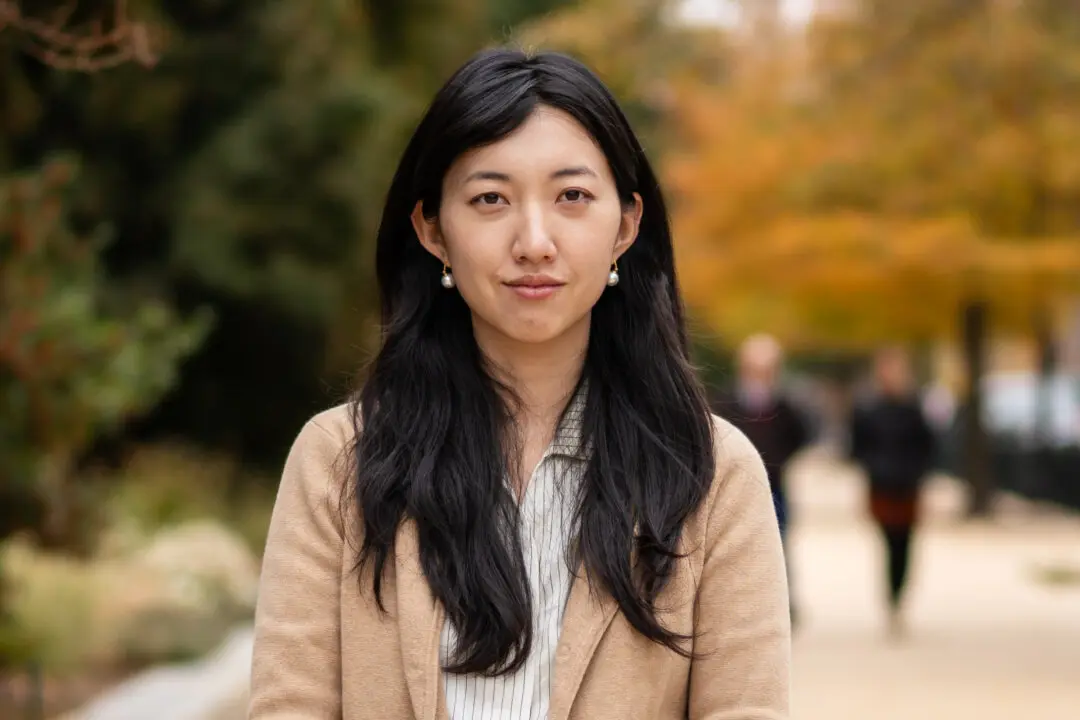As the pandemic engulfed the world in 2020, a top U.S. scientist that had for years worked with the Wuhan Institute of Virology (WIV) actively tried to help Chinese researchers at the lab counter concerns that the virus might have originated from the facility, newly released emails show.
These efforts include alerting Chinese scientists of U.S. investigations into the lab and providing them with a list of questions to answer to help respond to outside concerns.





